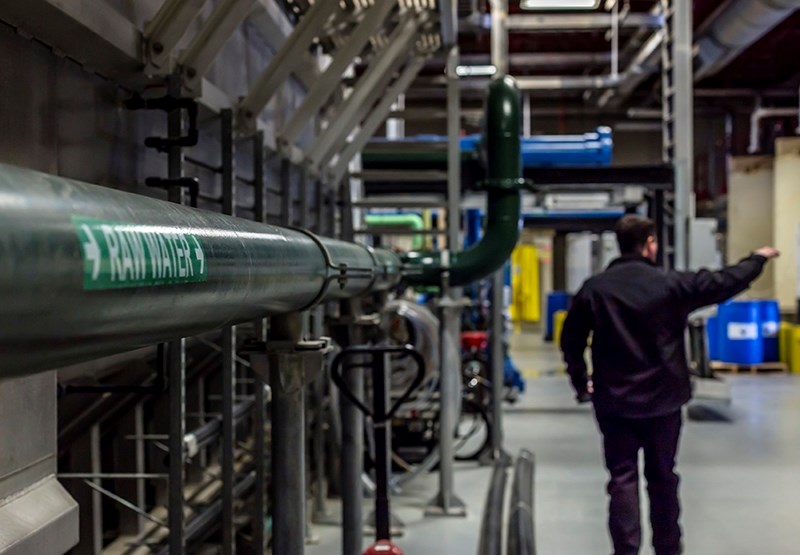Days before Christmas, Aspen Regional Water Services Commission was left in dire straits when not one but two of the system's pumps broke.
Days before Christmas, Aspen Regional Water Services Commission was left in dire straits when not one but two of the system's pumps broke.
Jamie Giberson, Aspen Regional Water Services Commission manager, said the pump failures further indicate the need to complete system upgrades that began seven years ago.
“The cumulative effects of us managing this over seven years are starting to pile up and we see that, just before Christmas, where we're having more significant and more frequent pump failures,” Giberson said. “We had a failed pump, we had a restricted intake, and then our spare pump failed as well.”
He said the first pump was rushed into Edmonton for repair, which cost $15,000, and was reinstalled on Dec. 23. The second one is currently being repaired and is estimated to cost $17,000.
The water plant pumps two weeks on, two weeks off from the river, and during downtime relies on its raw water pond.
Before Christmas, river intake became restricted, which Giberson said he thinks is related to frazil ice conditions – when ice crystals form in moving water – so the pumps were working harder than normal and prematurely failed.
Normally pumps breakdown once every two years, Giberson said.
Until the pump was repaired, the water plant relied on the raw water storage pond, which can last between two and four weeks. If the plant isn't pumping from the river, Giberson said, after the pond storage water's gone, there's no more water.
This isn't a seasonal issue, but a recurring one, said Kevin Haines, chair of the Aspen Regional Water Services Commission board.
“It's all related to the system being too old and not really working with our current upgrades from seven years ago,” Haines said.
The intake design was constructed around 1959, and part of the system was upgraded for the regional system seven years ago under grant money.
“We're using that old infrastructure, and it doesn't quite tie into the infrastructure we have here,” he said.
Instead of pumping 80 litres per second, the pumps usually yield 40 litres per second or sometimes less, Haines said.
An engineering feasibility study was done for the water plant, which made recommendations on how to improve the system, and suggested investing $2.7 million to make the system work effectively and to capacity.
Haines said the commission has submitted two grant applications to assist with the costs, one to Water For Life, the grant that funded the last round of upgrades, and a second to Community Resiliency.
Haines said the project could be provincially funded anywhere from 50 to 90 per cent, but the commission is preparing to shoulder a significant portion by putting away money now.
Athabasca County put a bug in Athabasca-Sturgeon-Redwater MLA Colin Piquette's ear to support the commission's grant application during the Jan. 10 council meeting.
Piquette said he was surprised to find out about the multi-pump failure before Christmas, and the water system upgrades were already something on his riding priority list.
“I hadn't quite realized how close sometimes the region is to losing their water supply because of this issue, although they seem to be pretty artful on patching things together to make sure they keep going,” he said. “It's details like that that then increase the priority level when I bring it up to the province.”
